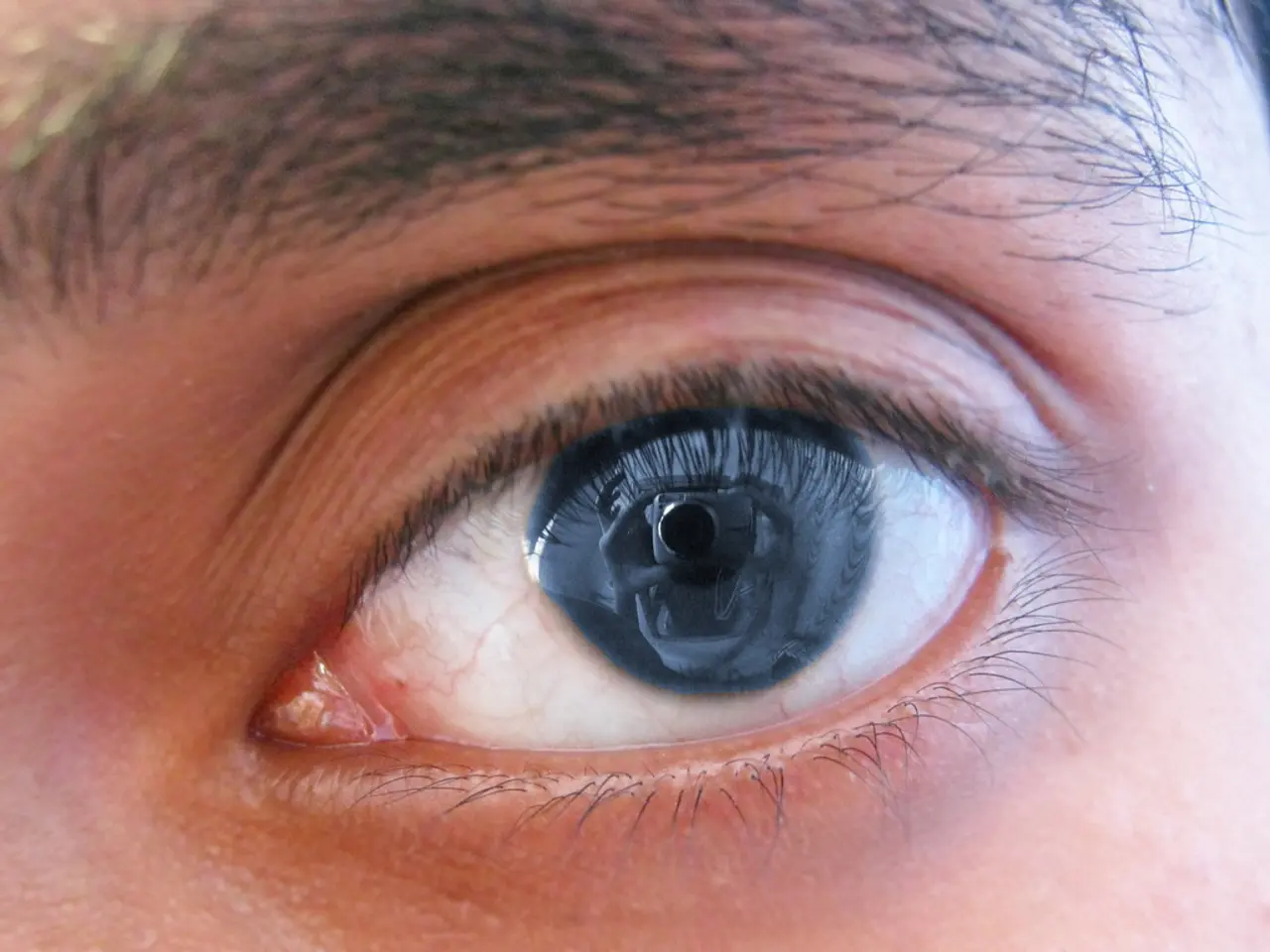Cold Eye Symptoms, Causes, Remedies, Healing, and Recovery Process
Conjunctivitis, commonly known as "pink eye," is an inflammation of the conjunctiva—the thin, clear tissue covering the white part of the eye and the inside of the eyelids. This condition can be categorised into three main types: viral, bacterial, and allergic conjunctivitis, each with distinct causes, symptoms, treatments, and levels of contagion.
### Viral Conjunctivitis ("Eye Cold")
Viral conjunctivitis, often referred to as an "eye cold," is predominantly caused by viruses, most commonly adenoviruses, and often accompanies upper respiratory infections or "colds." Symptoms include watery, clear discharge, redness, and irritation, with the infection often starting in one eye and spreading to the other. It is highly contagious, spreading through direct or indirect contact with eye secretions, contaminated surfaces, or respiratory droplets. Treatment is generally supportive, with cool compresses, artificial tears, and over-the-counter nonsteroidal anti-inflammatory drugs (NSAIDs) providing relief. As it is a viral infection, antibiotics are ineffective.
### Bacterial Conjunctivitis
Bacterial conjunctivitis is caused by bacteria such as *Staphylococcus* or *Streptococcus*. Symptoms include thick, yellow or greenish discharge, eyelids that may stick together, especially after sleeping, and possible soreness in the eyes. This type of conjunctivitis is highly contagious, especially in children and environments like daycares where hygiene can be lax. Treatment involves antibiotic eye drops or ointments prescribed by a healthcare provider.
### Allergic Conjunctivitis
Allergic conjunctivitis is triggered by allergens such as pollen, dust, pet dander, or mold. Symptoms include intense itching (not common in infectious types), redness, watery discharge, and often affect both eyes simultaneously. It is not contagious and is managed with antihistamines, mast cell stabilizers, or corticosteroid eye drops as needed, as well as avoiding allergens.
A comparison table outlines the key differences between these three types of conjunctivitis. Accurate identification of the conjunctivitis type is essential for selecting the right treatment approach and for infection control, especially in contagious cases.
Key takeaways include the following:
- Viral conjunctivitis is marked by watery discharge and is often linked to common cold symptoms; it is highly contagious and self-resolving. - Bacterial conjunctivitis features thick, colored discharge and may require antibiotic treatment; it is also highly contagious, especially in children. - Allergic conjunctivitis is driven by allergens, causes itching and affects both eyes, is not contagious, and is managed by reducing allergen exposure and using antihistamines.
Eye colds can occur through direct contact with infected bodily fluids, usually via hand-to-eye contact, or by sharing cosmetics or towels with someone who has an eye cold. Complications of herpes simplex conjunctivitis can include corneal complications and uveitis. Child care services, schools, and workplaces may request that a person with an eye cold stay at home until the symptoms have cleared up, as eye colds are very contagious, usually for 2-3 days. Reinfection of an eye cold is possible.
A person should learn about proper hand washing to lower the risk of spreading or contracting an eye cold. In severe cases or for herpes simplex or varicella-zoster virus, a doctor may recommend antiviral medication. A person should avoid sharing personal items, such as towels and washcloths, to lower the risk of spreading or contracting an eye cold. Symptoms of an eye cold can include a gritty feeling, itching or burning, watery eyes, swollen eyelids, pink or red discoloration, increased sensitivity to light, and other cold- or flu-like symptoms.
- Migraine, aq, and multiple sclerosis are not part of the eye-health conditions discussed, but they are still significant medical-conditions affecting various areas of health-and-wellness.
- Crohns, colitis, blindness, and ulcerative colitis are not related to conjunctivitis, but they are conditions that can impact eye-health due to associated inflammation.
- Eczema and psoriatic are skin-conditions that may exhibit similar symptoms to conjunctivitis, such as redness and irritation, but they are distinct from pink eye.
- Sclerosis and psoriasis are differently named diseases, with sclerosis being a condition involving hardening of bodily tissue and psoriasis being a chronic skin condition characterized by red, scaly patches.
- Arthritis, depression, nsclc, and mental-health are not directly linked to eye-health or infectious diseases like pink eye, but maintaining overall health-and-wellness can positively impact eye-health.
- Proper hand washing, nutrition, fitness-and-exercise, and eye-health are all interconnected aspects of a person's health-and-wellness, and adopting good habits in each area can help lower the risk of spreading or contracting conjunctivitis.
- Predictive analysis might be useful in understanding the spread of conjunctivitis, and science continues to advance in aiming to identify new ways to prevent and treat such conditions.
- Conjunctivitis treatment can significantly improve the quality of life for affected individuals, making everyday activities like fitness-and-exercise more comfortable.
- Treating depression, a common symptom of some medical-conditions, can have a positive impact on a person's overall health-and-wellness, potentially reducing the strain on the immune system and assisting in recovery from conditions like conjunctivitis.
- Prevention is key in managing eye-health, with proper hand-washing, nutrition, and exercise playing significant roles in reducing the risk of contracting infectious diseases like conjunctivitis.
- Medicine and healthcare remain essential components in diagnosing and treating eye-health conditions, with antibiotics and antiviral medications playing key roles in managing bacterial and viral conjunctivitis, respectively.
- Understanding the nature of one's medical-conditions, such as conjunctivitis or mental-health issues, will empower individuals to make informed decisions about their health-and-wellness and seek appropriate treatments and lifestyle adjustments.







